#Varangian guard
Explore tagged Tumblr posts
Text
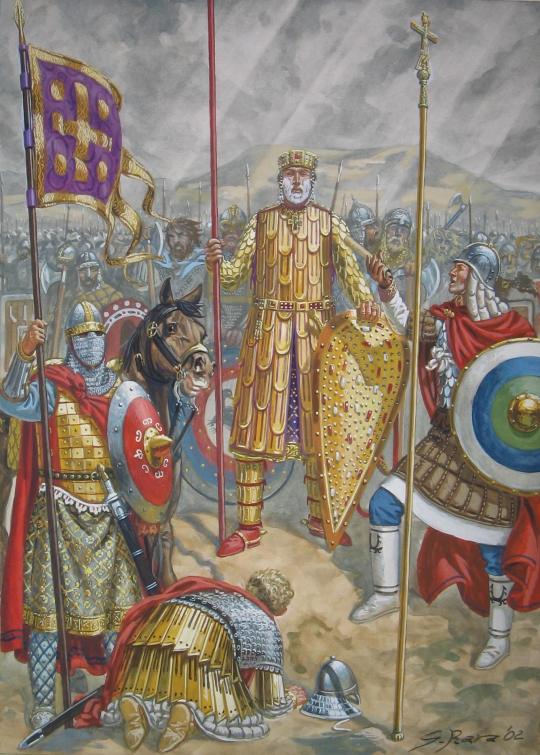
The Emperor of Byzantium Basil II during the Georgian campaign, 1020 by Giuseppe Rava
#giuseppe rava#art#basil ii#bulgar slayer#emperor#byzantium#byzantine#byzantines#byzantine empire#roman#history#middle ages#medieval#varangian#guard#soldiers#georgia#georgian campaign#christianity#christian#cross#christendom#europe#european#asia#empire#varangian guard#romans#standards#banner
206 notes
·
View notes
Text

Maniacally posting hal & erres sketch crops at 2 AM

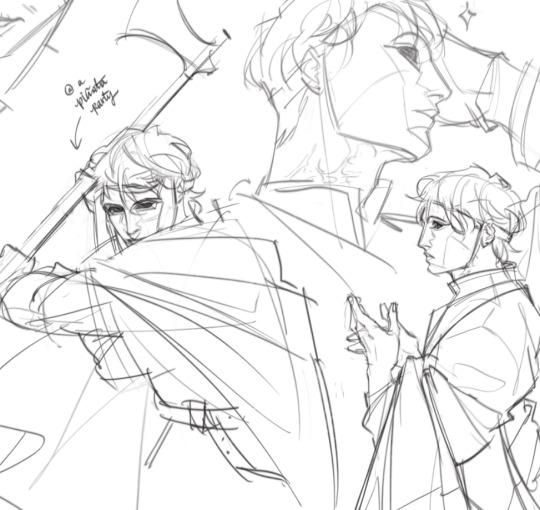
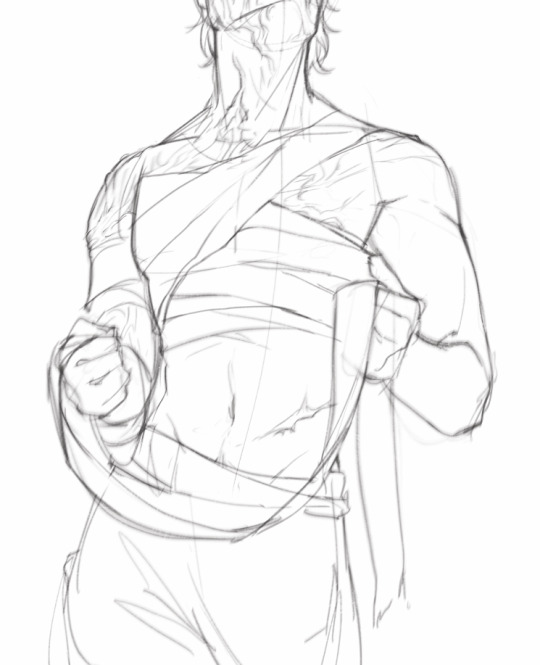
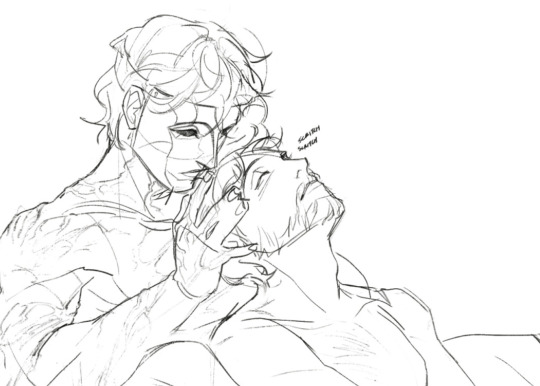
(ive posted this one before i just wanted to look at it again)
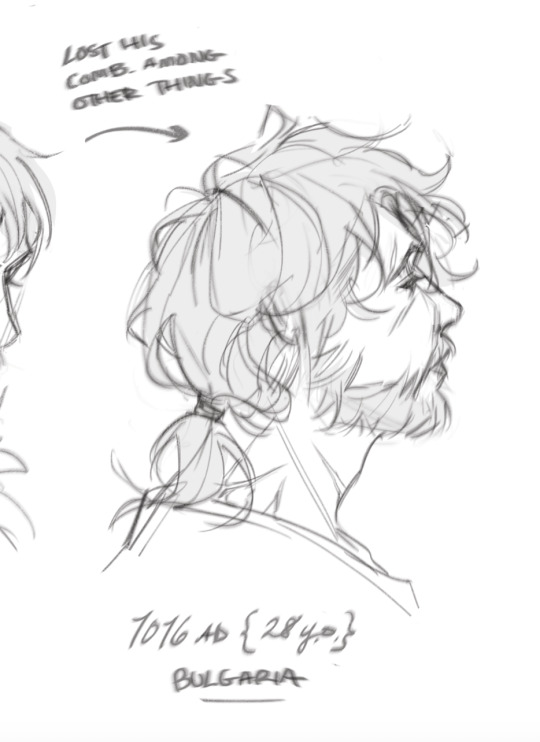
#these are incredibly misleading actually halvard almost looks nice#theyre friends. normal friends that do normal things together#agonistes#ocs#halvard#erres#sketches#digital art#drawing#byzantine#varangian guard#art
254 notes
·
View notes
Text
What Varangian guards actually wore historicly vs What Netflix made them wear in the Vikings Vallhalla
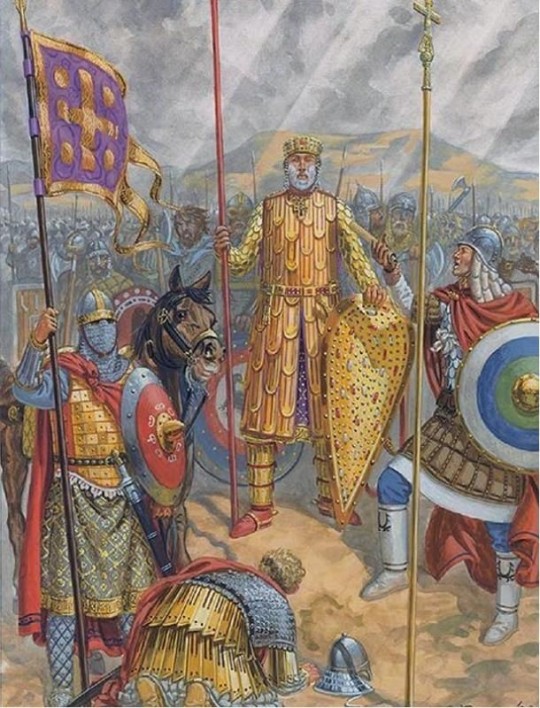
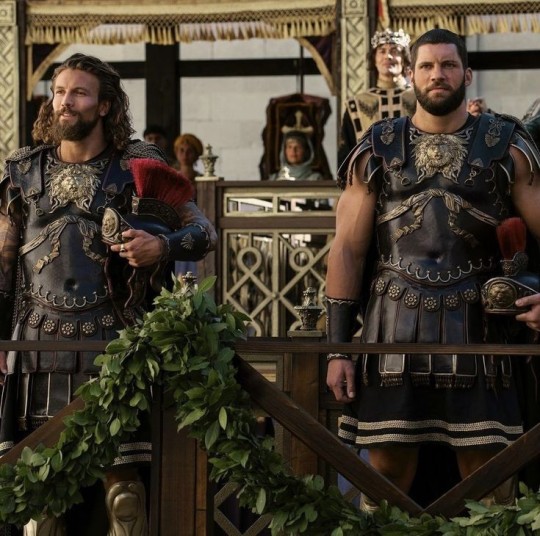
Like i am sorry but the fact they wear Roman republic style armor in the like 11th centuary is hilarious
71 notes
·
View notes
Text
When the Varangians honoured the woman who killed her near-rapist
The Varangian Guard (Greek: Τάγμα τῶν Βαράγγων, Tághma tōn Varángōn) was an elite unit of the Byzantine Army from the tenth to the fourteenth century who served as personal bodyguards to the Byzantine emperors. The Varangian Guard was known for being primarily composed of recruits from northern Europe, including mainly Norsemen from Scandinavia but also Anglo-Saxons from England. The recruitment of distant foreigners from outside Byzantium to serve as the emperor's personal guard was pursued as a deliberate policy, as they lacked local political loyalties and could be counted upon to suppress revolts by disloyal Byzantine factions.
The Byzantines had mixed feelings about them, on one hand considering them barbarians and brutes with too much love for alcohol, on the other hand admitting their fierce loyalty to the emperor and their military prowress. They never fled a battle and they would fight to their death. They were also considered fair traders in their transactions between the Byzantine Empire and their northern homelands.
One incident which took place in 1034 helped soldify a positive image of the Varangians to the Byzantines' eyes, so much that the Byzantine Greek chronicler Ioannis Skylitzis, described it in his works as "αξιαφήγητον" (axiaphíyiton, worthy of mentioning / narrating).
According to Skylitzis, a group of Varangians were transferred in the Thracesian Theme (Greek: θέμα Θρᾳκησίων, thema Thrakēsiōn), a military division that at the time encompassed west Asia Minor (not Thrace). One of them once encountered a local woman in an uncrowded place. The man approached the woman suggestively but she rejected his advances. The man attempted to rape her and she seized his sword and killed him. His death was instant as she pierced him through his heart.
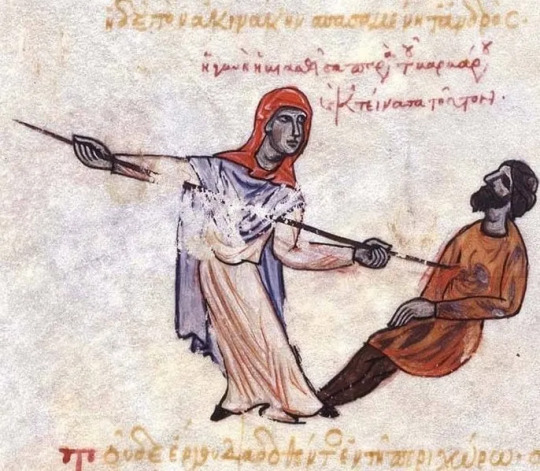
Art in Skylitzis' manuscript where the woman is erroneously depicted to kill the man with a spear instead of a sword.
Once the incident became known in the area, the Varangians made a gathering in which they agreed to honour the woman for killing their companion. They offered her all the valuable belongings of the killed Varangian, whom they left unburied. According to Varangian law, the rapists of married women were punished with execution, therefore the Varangians reasoned that the woman simply implemented the law by killing their companion.
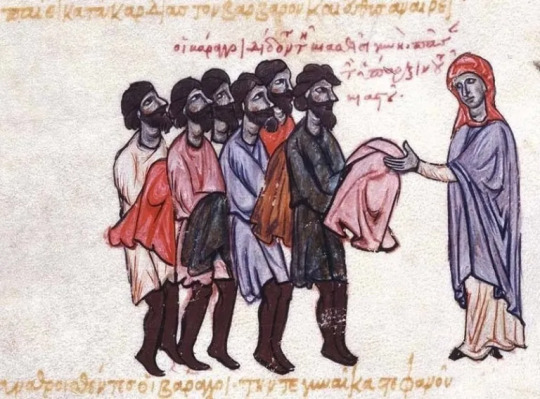
The manuscripts of Skylitzis are kept in the National Library of Madrid.
Sources:
ΜΗΧΑΝΗ ΤΟΥ ΧΡΟΝΟΥ
www.in.gr
#history#byzantine empire#east roman empire#byzantine history#varangian guard#greek history#ioannis skylitzis
534 notes
·
View notes
Text
“Bolli was so great a man for show when he came back from this journey that he would wear no clothe but of scarlet and fur, and all his weapons were bedight with gold: he was called Bolli the Grand. He made it known to his ship-masters that he was going west to his own country-sides, and he left his ship and goods in the hands of his crew. Bolli rode from the ship with twelve men, and all his followers were dressed in scarlet, and rode on gilt saddles, and all were they a trusty band, though Bolli was peerless among them. He had on the clothes of fur which the Garth-king had given him, he had over all a scarlet cape; and he had Footbiter girt on him, the hilt of which was dight with gold, and the grip woven with gold, he had a gilded helmet on his head, and a red shield on his flank, with a knight painted on it in gold. He had a dagger in his hand, as is the custom in foreign lands; and whenever they took quarters the women paid heed to nothing but gazing at Bolli and his grandeur, and that of his followers.”
— The Laxdaela Saga, Chapter LXXVII, The Medieval and Classical Literature Library; translated by Muriel Press (The Temple Classics, 1899)
Bolli Bollason, described in the above passage, was an Icelandic warrior who appears in multiple sagas detailing his family history and his own travels. Bolli spent many years as a Varangian Guard in Constantinople. It is believed that he reached the rank of Manglabite at the imperial court due to this description of his weapons, as carrying a gold-hilted sword was a privilege granted to Manglabites.
#historical fashion challenge 2025#historical fashion#medieval history#medieval fashion#laxdaela saga#icelandic sagas#Bolli bollason#Varangian guard
5 notes
·
View notes
Text
Ukraine Russia ConflictPart three, the Kievan Rus
Ok so where did this conflict start? To understand that, we need to go back to the 9th century, where records are short, legends are long, and nationalists search the seas for mythological times to pine back too. Welcome to Kievan Rus, aka Ruthenian, aka Svitjod the Great, aka Svitjod the Cold, aka “The place where Russian and Ukraine both trace their origins to this point.
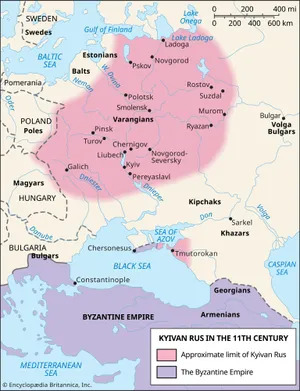
If anything, this map makes things too clean
But before we talk about the Rus, we need to talk about “Periodization”. Periodization is one of the most important concepts about being a historian, it's the dividing the past into distinct parts so it can be easier to understand. If you’ve ever studied Japanese History and are looking at the “Edo Period” or the ‘Showa Period” that's periodization, it's cutting up the past into distinct units. Periodization is in many ways necessary to understand the past, you can’t study all of it or you will go mad, but it can create these divisions in time which don’t necessarily exist naturally. A great example of this is the Early Modern Period, which historians use to highlight the development of the trends that will eventually emerge into the modern world. The slow rise of capitalism, the slow death of feudalism (except in Russia), the downfall of the hegemony of the Catholic Church, the start of mass media, the first movements towards industrialization, the rise of the first global colonial empire and the creation of modern states. It’s a very useful framework to understand the changes that happened in the 16th, 17th, and 18th centuries. However, if you are a random Hanoverian peasant, as far as you know, there isn’t any difference between 1491 and 1492. Time periods are useful but they aren’t ironclad things, like money, it's an illusion, just a functional and useful illusion.
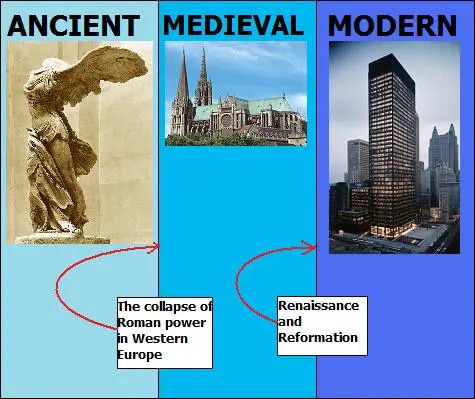
nice and simple
The reason why that tangent mattered is that when it comes to what is called “National History”. So you have a nation right, a whole new cool nation. How do you make sure everybody is part of this nation? Oh well you have public schools and in those public schools you have textbooks which teach the history of your country, how neat is that? So..where do you start? History is long and it can be difficult to teach. Like if the US finally got a national history curriculum, where would you start? People have lived in the lands of the United states since at least 10,000 BCE, do we start there? Do we start with the first European arrival in the colonies? These aren’t neat or easy to answer questions, debates over “where do we start our history” can get really intense. A lot of French history books will teach the Gauls to be like “look, these are our ancestors” but there is literally a thousand years separating the conquest of Gaul from the Emergence of France.

Utterly uncomplicated in every way
Periodization matters for our purposes because both Ukraine and Russia point to the Kevian Rus as “the start of their civilization.” and while the events of the late 9th century shouldn’t be affecting us today, apparently it does.
Another note is that the Kevian Rus is a bit hard to document due to the fact that the people didn’t have a writing system, so what we know comes from archaeological evidence and outside sources, so the make up and borders of this region is a bit hard to define with certainty but fuck it lets go.
The Kievan Rus consisted of most of central and eastern Ukraine, Belarus, and the western chunk of Russia, and as the name implies it was based in Kiev, what is today the capital of Ukraine, though it wasn’t known as the Kievan Rus at the time, it was called the land of the Rus (due to the ruling Rurik dynasty) or just “Rus''. The earliest version of the word Russia refers to the eastern half of the Kievan Rus, while the western half (what is today Ukraine) was known as Ruthenia. Since its origins are the stuff of legend, it might have been founded by Norse traders, or Norse people were invited to rule, or a bunch of Vikings settled peacefully in the area, it's a huge flame war among nationalists that isn’t relevant other than to show how much people still care about this area. The Rus was a major trade network in the area and it was more of a loose confederation of city states rather than a strong centralized empire.
Most relevant to our story is there relationship to the Byzantine Empire

Byzantium at its largest extent
TANGENT TIME. The Byzantine Empire was never called that during their time, they always thought of themselves as the Roman Empire. When Constantine the Great converted the Empire to Christianity, he moved the capital to the new city of Constantinople (famously the modern city of Istanbul). A century or so later, the empire split into East and West, with the East being seen as the greater and more powerful of the two. The Western Roman Empire fell in 476 AD, the east just…kept on going until 1453. No I’m not kidding, this matters for understanding Ukraine, those Zelensky memes were created in the legacy of Justinian the Great, keep watching. As mentioned earlier, Western Empire goes Catholic, the Eastern goes Orthodox, and after the west falls, the Eastern Roman Empire keeps on going. We call it the Byzantine Empire for…complicated reasons I might explore some day. Anyways, by the time of the Kevian Rus, the Byzantines are the supreme cultural, military and most importantly economic power of Eastern Europe, and the Rus are basically massive fucking simps for them. Like “please notice me Patriarch senpai '' simps. They even played a major role in the Varangian Guard, the personal bodyguards of the Byzantine Emperor.

The Rus were pagan at the time, a mix of the norse pantheon and the Slavic pantheon (pagan religion is complicated and deeply synthetic, I might talk about that in another post), but due to its location it always had Christian, Jewish and Muslim minorities, but it should come as no surprise that in 988 Volodymyr the I or Vladimir the Great converted the kingdom to Christianity, and due his taking a Byzantine bride and thus marrying into the Imperial family, it was of course Orthodox Christainity, thus starting over a thousand years of Orthodoxy in the region. Anyways, eventually all good things came to an end and by the 12th century it suffered the weaknesses of feudal confederacy (succession crisis) and had largely broken apart in all but name, as local feudal lords sort of went their own way. This is where the Russian/Ukrainian split first sort of not really occurs, the informal overall Rus still exist but you get these smaller Rus within it, the Novgorod Rus, the Moscow Rus, the Vladimir Rus. But the distinction between the various Rus comes to matter less than you’d expect because suddenly…MONGOLS

I really can’t empathize enough how big of a deal the Mongols were on the world stage, and probably one of the few legitimate examples of the Great Man theory of history proving true. Temujin’s abandonment issues eventually result in an empire which destroys the Status Quo of the Eurasian world, and leads to the largest continental empire in history. In the Mid 13th century, Temujin, later known as Chiggis Khan (Ghengis Khan to the West) would create the most terrifying military machine in history to that point, which would wipe out whole civilizations. So suddenly all these Mongols show up and wipe out…basically everything. The Rus? Gone. The Civilization that originated both Russia and Ukraine is now definitely gone for good. The Mongols keep the East, which becomes part of the “Golden Hoard”, while the west reforms as the Galician-Volhynian Principality, and eventually gets eaten by Poland and Lithuanian.
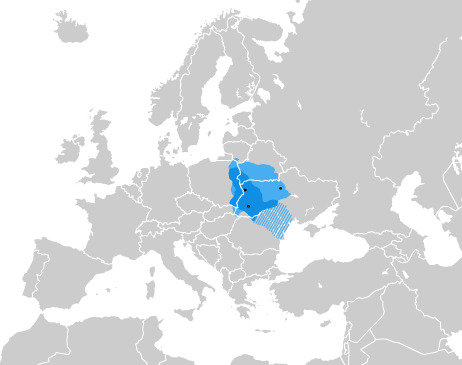
Now there have been entire series of books written about the culture, political structure and history of the Kievan Rus but what matters to us is its legacy in the historical memory of Slavic nationalists, the Rus is considered the origin point of both Russia and Ukraine, and many Russian nationalists feel that Kiev is there birthright. For Americans, this can be a bit hard to imagine because the US has never lost major territory in its history but imagine if Pennsylvania became an independent nation, and now we have all these places of national significance in another country. Hell we can take this further, Imagine if the East Coast became independent, and Texas history books talk about the founding of the US, but all of the places where the US was created are now outside there territory. Now that isn’t a justification, “oh my ancestors once lived there so I get to invade’ is stupid. Also the later Principality of Moscow and the Princedom of Galicia-Volhynia will each claim to be the “true” heir to the Rus, in a manner very similar to the Holy Roman Empire actually. This isn’t the only thing causing the conflict, but nationalist fanfiction about the origin of the Slavs still plays a major role in modern politics. This also is a big part of why Russian nationalists don’t consider Ukraine a thing, to them Ukraine is just a different part of Russia with funny accents, not their own nation with their own history. The Russian conquest of Ukraine (the first one) was presented as a reclaiming of traditional Russian land, not the taking of a foreign land.
Next time, Russian history, because nothing says “I’m going to explain the conflict in Ukraine” like spending most of it on Russia.
#neglected historical fact#Russia#Ukraine#russo ukrainian war#kievan rus#Byzantine Empire#Mongolian Empire#Orthidox Church#The Rus#Varangian guard#Vladimir the Great#Golden Hoard#Ruthenian#genghis khan
8 notes
·
View notes
Text
For honor varangian guard appreciation because I love playing as her in the game and gender neutral armor design my beloved

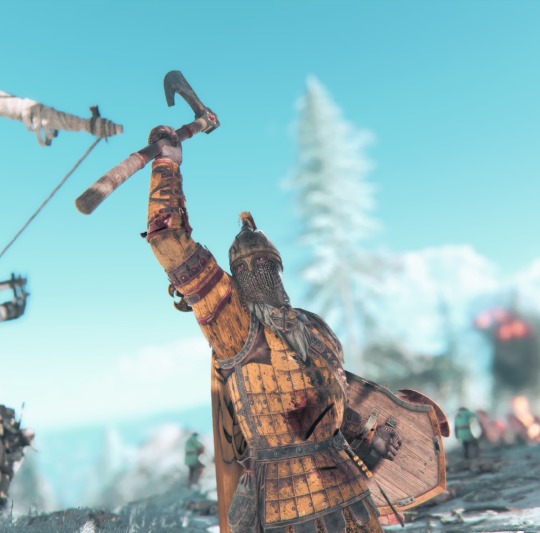
6 notes
·
View notes
Text

The axe-bearing foreigners they have aptly named us
All we've come from afar
Diversity is what unites us
We are The Varangian Guard!
- The March of the Varangian Guard by Turisas
----------------------------------------
The Varangian Guard were elite troops of the East Roman Empire, as well as personal guards for the Roman Emperor. Mainly composed of Norsemen from Scandinavia, their ranks would also contain foreigners from different parts of Europe, most notably Anglo-Saxons after the Norman conquest of England. Known for their loyalty and skill in battle, they served the Empire well for centuries, helping wins battles, as well as ensuring the safety of the Emperor they served.
----------------------------------------
Like my art? Consider supporting me on Ko-fi!
#Art#Random Art#Anon Pony#Silver Wing#Unnamed GF Pony#MLP#My Little Pony#MLP Art#Earth Pony#Earth Ponies#Pegasus#History#Roman History#East Roman Empire#Varangian Guard#The March of the Varangian Guard#Turisas
25 notes
·
View notes
Photo

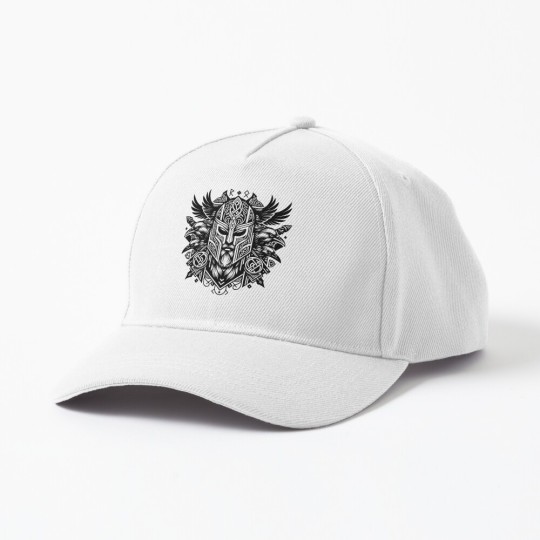





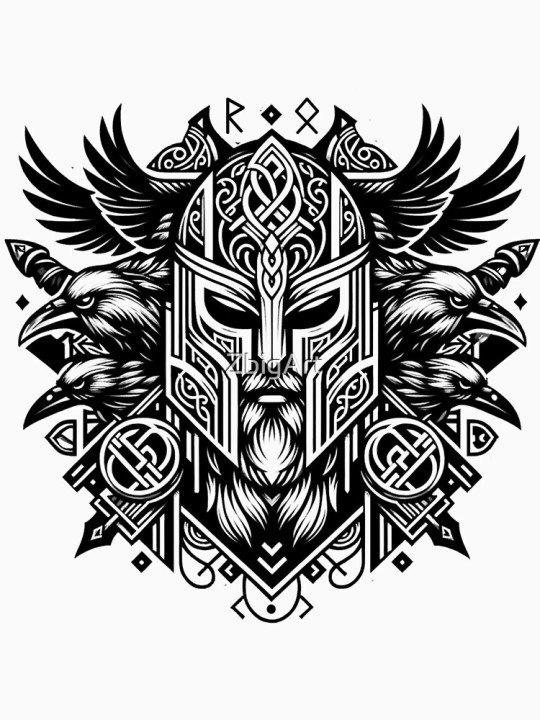
(via "Varangian Warrior: Mythic Ravens" Classic T-Shirt for Sale by ZbigArt)
Dive into Norse lore with this Varangian Warrior art, encircled by ravens and ancient runes. A blend of history and myth, perfect for enthusiasts.
#findyourthing#redbubble#varangian warrior#norse mythology#raven symbolism#raido rune#othala rune#mythological warriors#zbigartco#mystic raven#nordic warrior#byzantium#varangian guard
2 notes
·
View notes
Photo
real reals
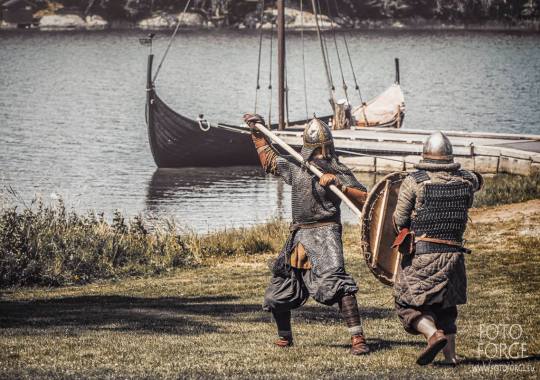
Venja. (To Train).
Via Foto Forge.
2K notes
·
View notes
Text
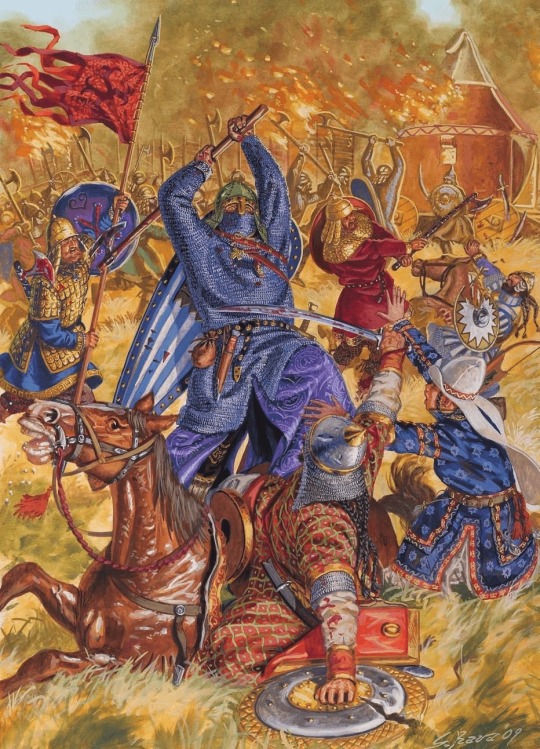
The Varangian Guard defeats the Pechenegs at the Battle of Beroia 1122 AD
by Giuseppe Rava
#byzantine empire#varangian guard#art#giuseppe rava#battle of beroia#pechenegs#byzantine#byzantium#varangian#eastern roman empire#history#varangians#byzantines#imperial#imperial guard#empire#roman#europe#european#bulgaria#john ii komnenos#pecheneg#middle ages#medieval#axe#viking#anglo saxon#vikings#norsemen#stara zagora
226 notes
·
View notes
Text
" Ride with me soldier and let us advance with joy! Today swords and spears will sing! Today the ibers will lament! Men of the North, Varangians! Ride with me against the enemy! When night comes, we shall be gladdened by wine. Tonight victory will be ours! Men of the North, Varangians! Ride with me against the enemy! When night comes, we shall be gladdened by wine. Tonight victory will be ours! "
0 notes
Text
I exercise to become Barbarians build , my Favorite sports : cricket game , judo and Archery
0 notes
Photo
that man fit varangian mercenary

Rollo | Vikings 3.02 “The Wanderer” ©
Vikings Season 3 premieres Thursday, Feb 19th 2015 on the History Channel.
2K notes
·
View notes
Photo



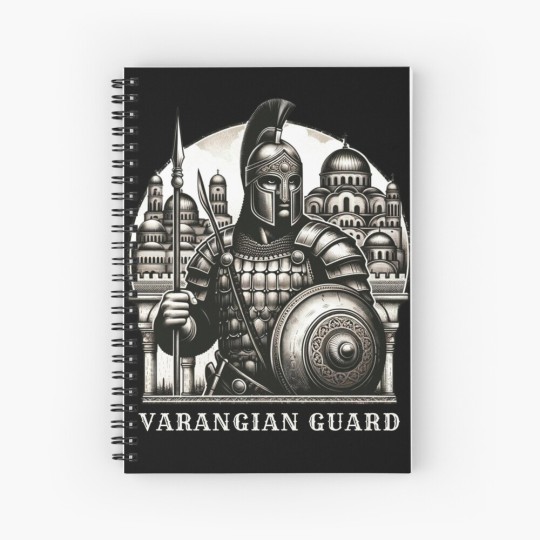
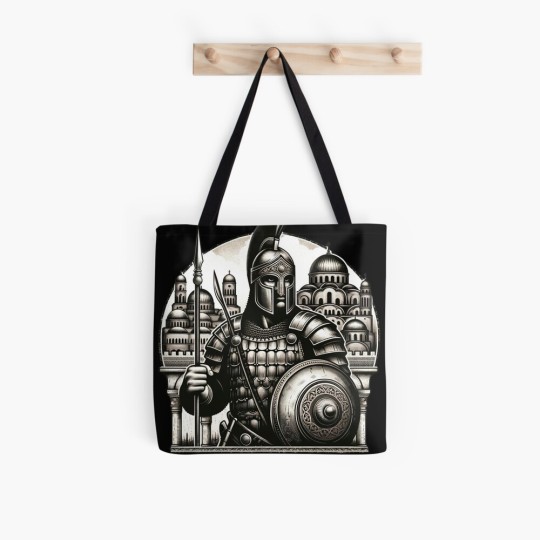

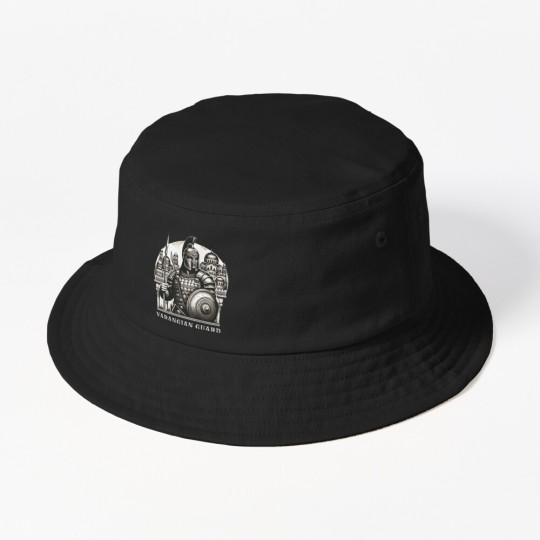
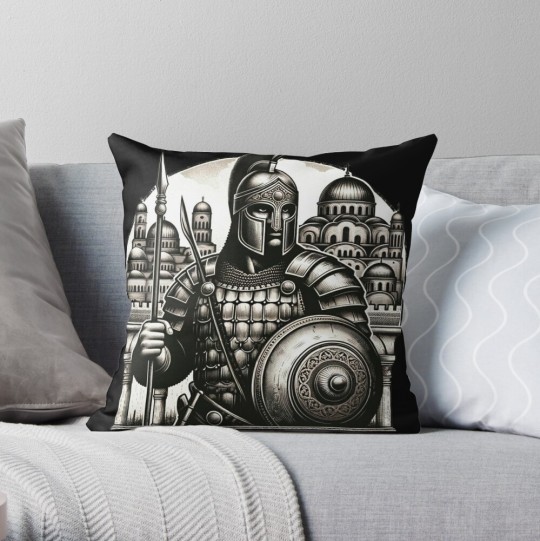
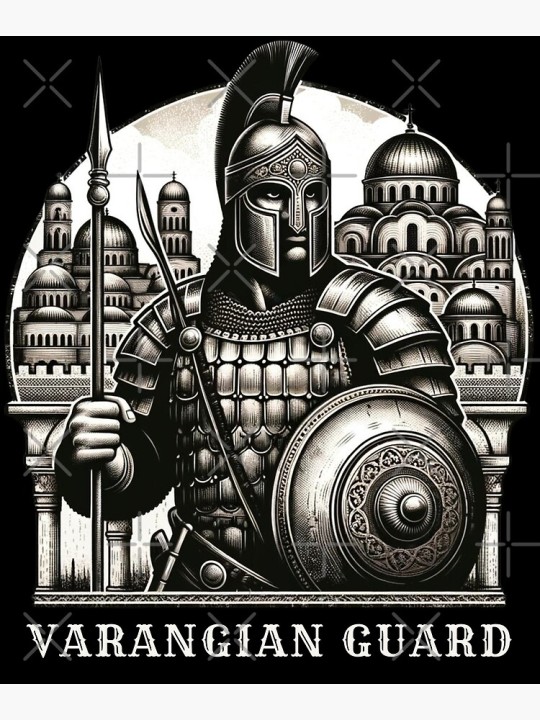
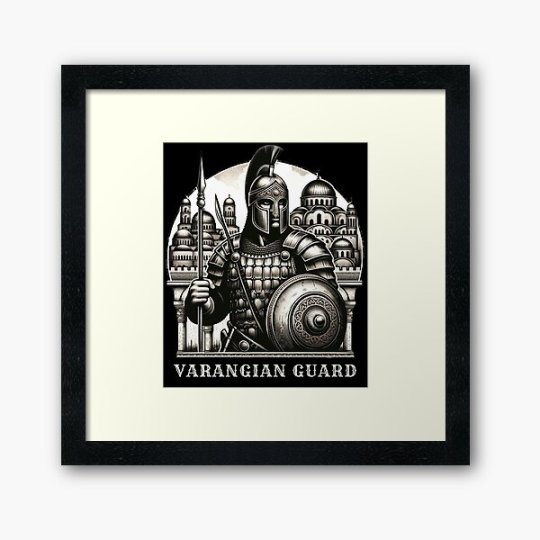
Immerse in history with this detailed Varangian Guard artwork, perfect for enthusiasts of Byzantine and medieval warrior culture (via "Varangian Guard - Byzantine Elite Warriors Artwork" Framed Art Print for Sale by ZbigArt)
#findyourthing#redbubble#varangian guard#byzantine empire#elite guard#zbigart#armor design#historical artwork#medieval history
0 notes
Text
youtube
For Honor - Varangian Guard
18 notes
·
View notes